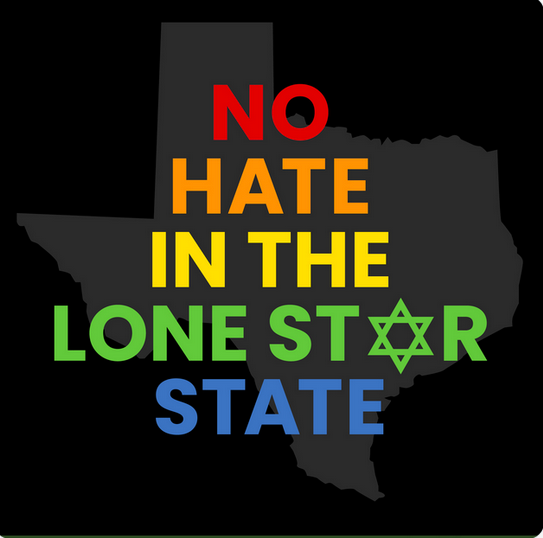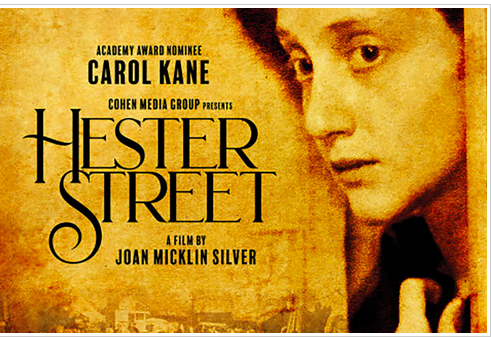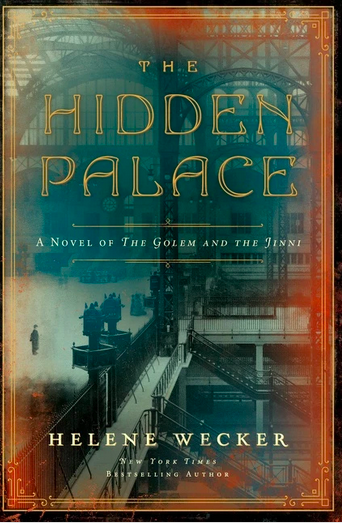
7 Jewish Feminist Highlights of 2021
Let’s face it—the oys have it for 2021. The year started with the insurrection, part of a larger assault on our democracy that shows no sign of abating. And as Lilith readers know all too well, there’s the continuing assault on reproductive rights, which is also an assault on religious freedom. Then there’s the pandemic Greek alphabet soup of Delta and Omicron (though Yiddish and Yinglish speakers at least were spared Nu). I, a woman of words, can’t even!
Yet Jewish tradition, no stranger to soul-challenging heartbreak, enjoins us to practice gratitude and to persist. In that spirit, I offer my annual seven Jewish Feminist Highlights (seven being the number associated with creation and blessing in the Jewish tradition).

- Joan Micklin Silver, “one of the few women directors on anyone’s list in the seventies,” died on the last day of 2020. This year, her first feature film, Hester Street (1975), was restored and rereleased. A brilliant feminist adaptation of Abraham Cahan’s Yekl starring Carol Kane, Hester Street is set on the Lower East Side and focuses on women immigrating and adjusting to a new world. This critically acclaimed film almost wasn’t made or distributed because it was considered “too ethnic” (code for “too Jewish). But Micklin Silver persisted with her cinematic vision, and in 2011, the film became part of the National Film Registry of the Library of Congress. Hester Street and Micklin Silver’s much-beloved rom com Crossing Delancey (1988) would make a great double-feature movie night.
- “Beyond the Count,” a major survey of Jews of Color commissioned by the Jews of Color Initiative, appeared this year. Although 80% of respondents have endured discrimination in Jewish spaces, they persist in working for a “vibrant American Jewish community that authentically celebrates the full diversity of ways to be Jewish.” In affirming the experiences of Jews of Color, this survey should serve as an important blueprint for DEI (diversity, equity, and inclusion) work in the Jewish world.
- Mazal tov to Conservative Rabbis Ariella Rosen and Becca Walker. The two women celebrated their Jewish wedding in October and became the first queer rabbinical couple to be married in the Conservative Movement. Rabbi Megan GoldMarche, who is also queer, officiated. Both brides broke a glass at the outdoor ceremony, and they further sweetened the day with apple cobbler.
- Using accelerant, an arsonist set fire to Congregation Beth Israel in Austin, Texas; this hate crime was part of a recent upsurge in antisemitic activity in Central Texas. In response, ATXKind, a grassroots group of Jewish women, organized a Rally for Kindness at the Texas Capitol on November 14 with support from the Austin chapter of the ADL and the Shalom Austin JCC. Approximately 200 people gathered to speak out against hate in the Lone Star State and to promote solidarity with the Jewish community. A sign held by a young child that read “How can you not love this punim [Yiddish for face]” was among the heartwarming images from this rally. Kudos to these women determined to put the Jewish values of menschlikhkeit (common decency) and chesed (lovingkindness) on full display in a city and state that sorely needs more of both.
- The Hidden Palace, the sequel to Helene Wecker’s The Golem and the Jinni (2013), was published this summer, and it was well worth the wait! In her latest novel, Wecker smartly includes the history of our protagonists, which serves as a reminder to fans of the first book and orients readers who dive directly into the second. Our golem goes off to Teachers College and reinvents herself, while our jinni loses his mentor and goes a bit mad (but in an aesthetically interesting way). A diverse cast of characters that walk and talk their way along the streets of Manhattan and across the Syrian desert make this a compelling read.
- If you read the Jewish press, you know that some Haredi sites refuse to include images of women. This troubling and misogynist trend results in photos of Orthodox women becoming a scarce commodity. The Jewish Life Photo Bank seeks to counter the erasure of Jewish women’s lives from the public record. Volunteers contribute or serve as models for photos curated by the Israeli women’s rights organization Chochmat Nashim. This photo bank is actively working to diversify the images available. According to Shoshana Keats Jaskoll, a founding member of Chochmat Nashim, these photos “show that far from something licentious, images of women in the community and family life are normal, natural, and positive representation of Orthodoxy.”
- JWA (the Jewish Women’s Archive) celebrated its 25th Anniversary in style. They marked their silver anniversary with the virtual celebration “Ahead of Her Time” that featured many feminist superheroes, including Gloria Steinem, Joyce Antler, and Tovah Feldshuh. And JWA’s virtual encyclopedia got a major makeover. This new edition, the Shalvi/Hyman Encyclopedia of Jewish Women, is a resource whose worth is far above rubies.

Helene Meyers is the author of Movie-Made Jews: An American Tradition. She can be found on Twitter @helene_meyers and at https://helenemeyers.com/



